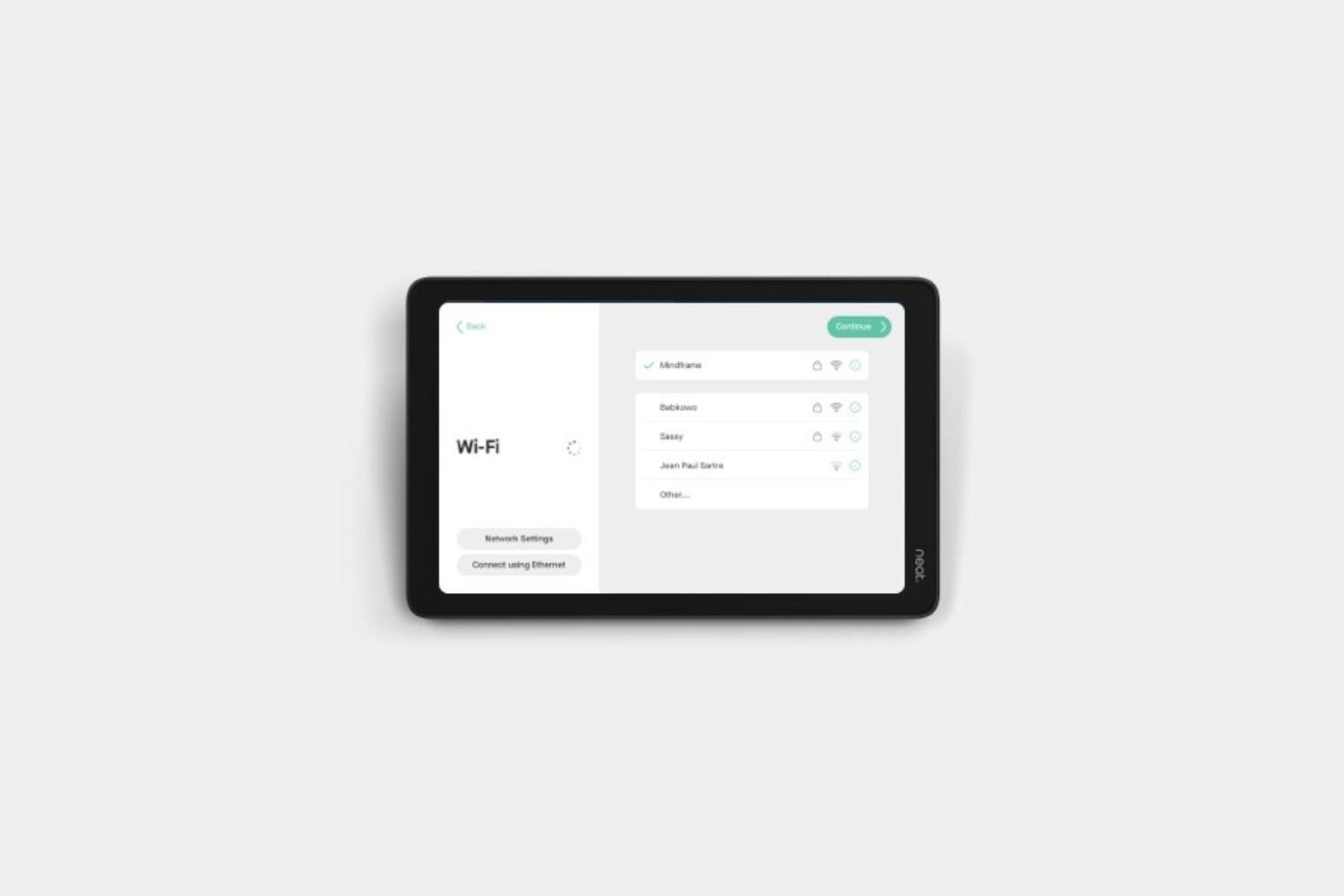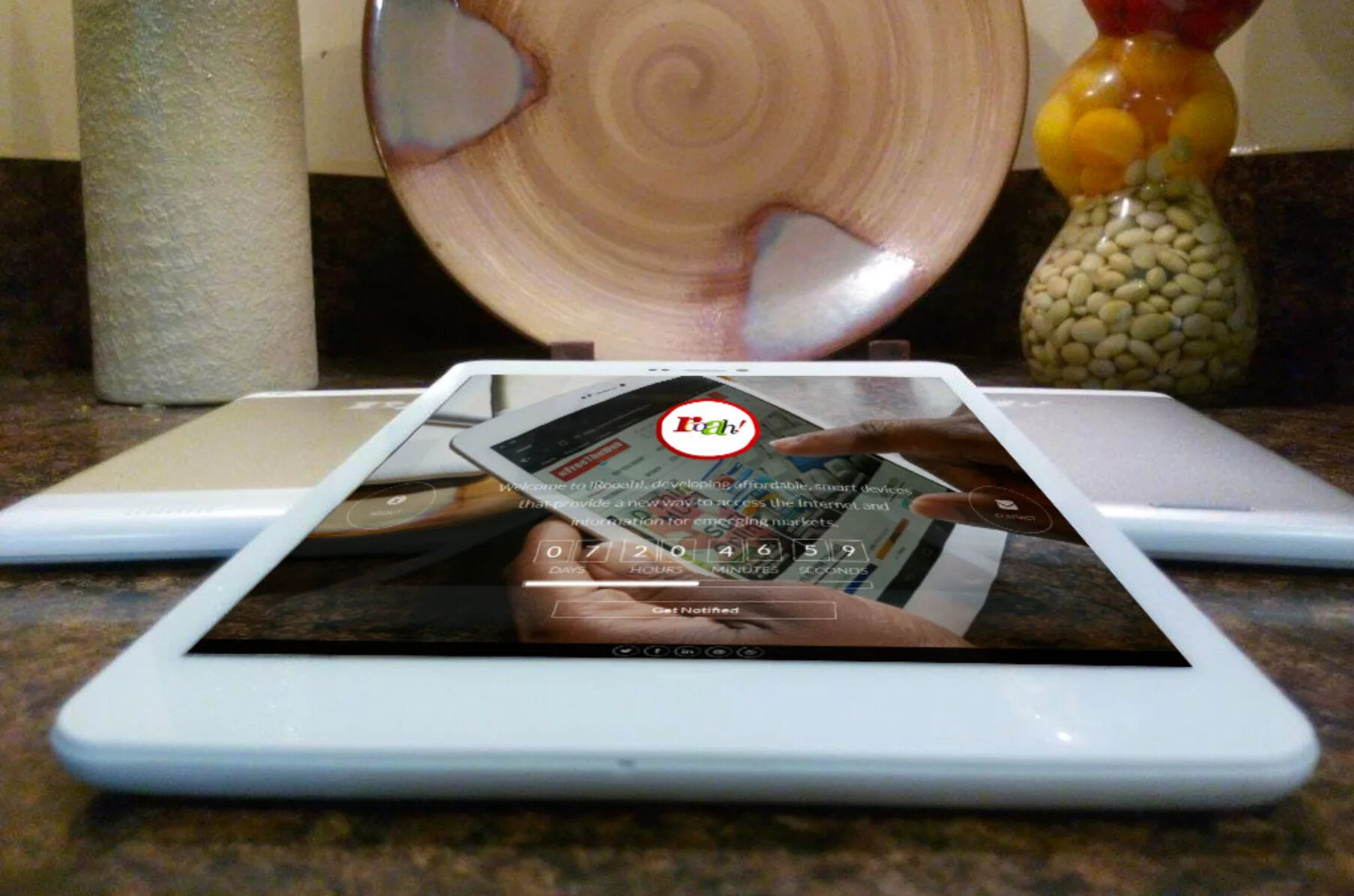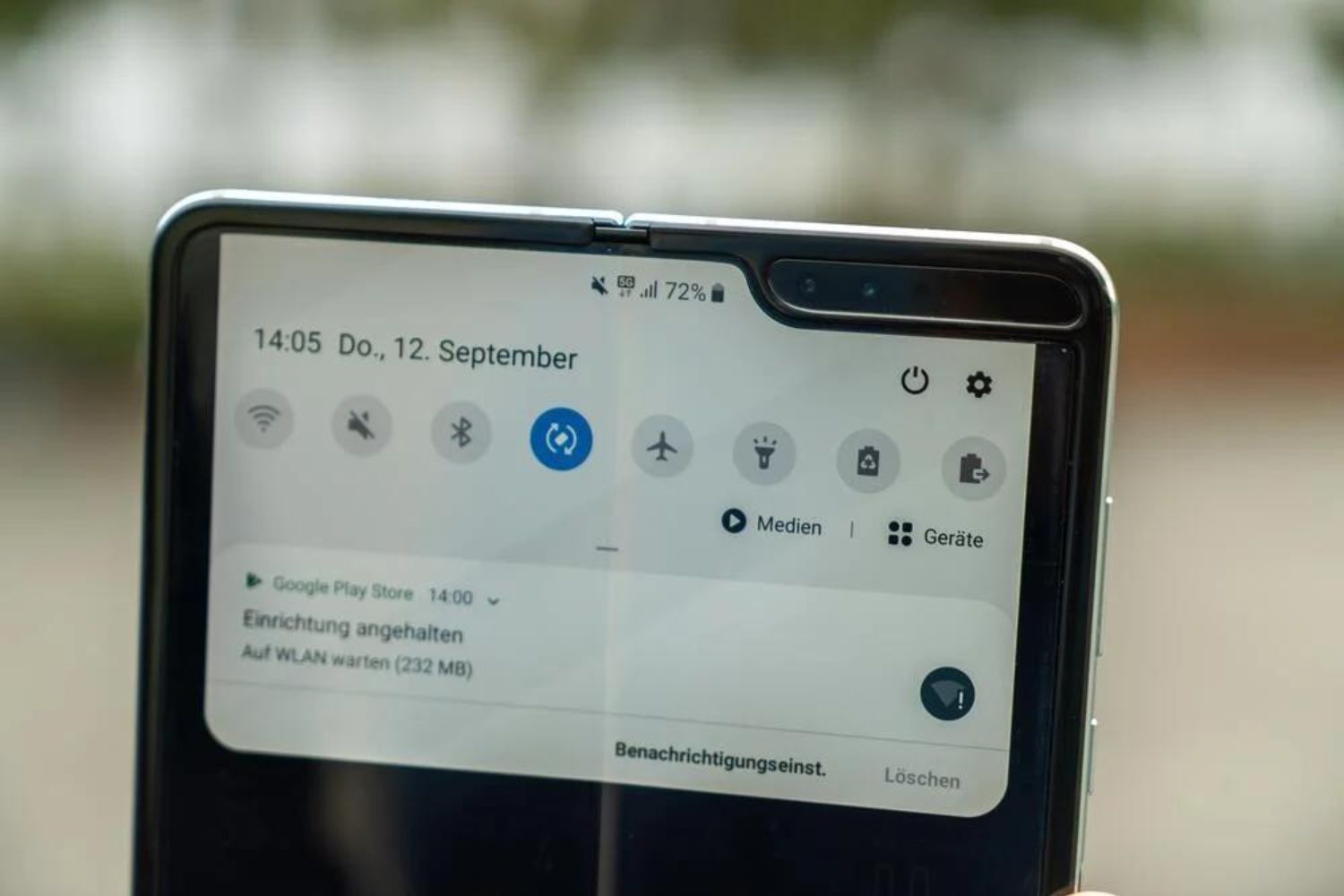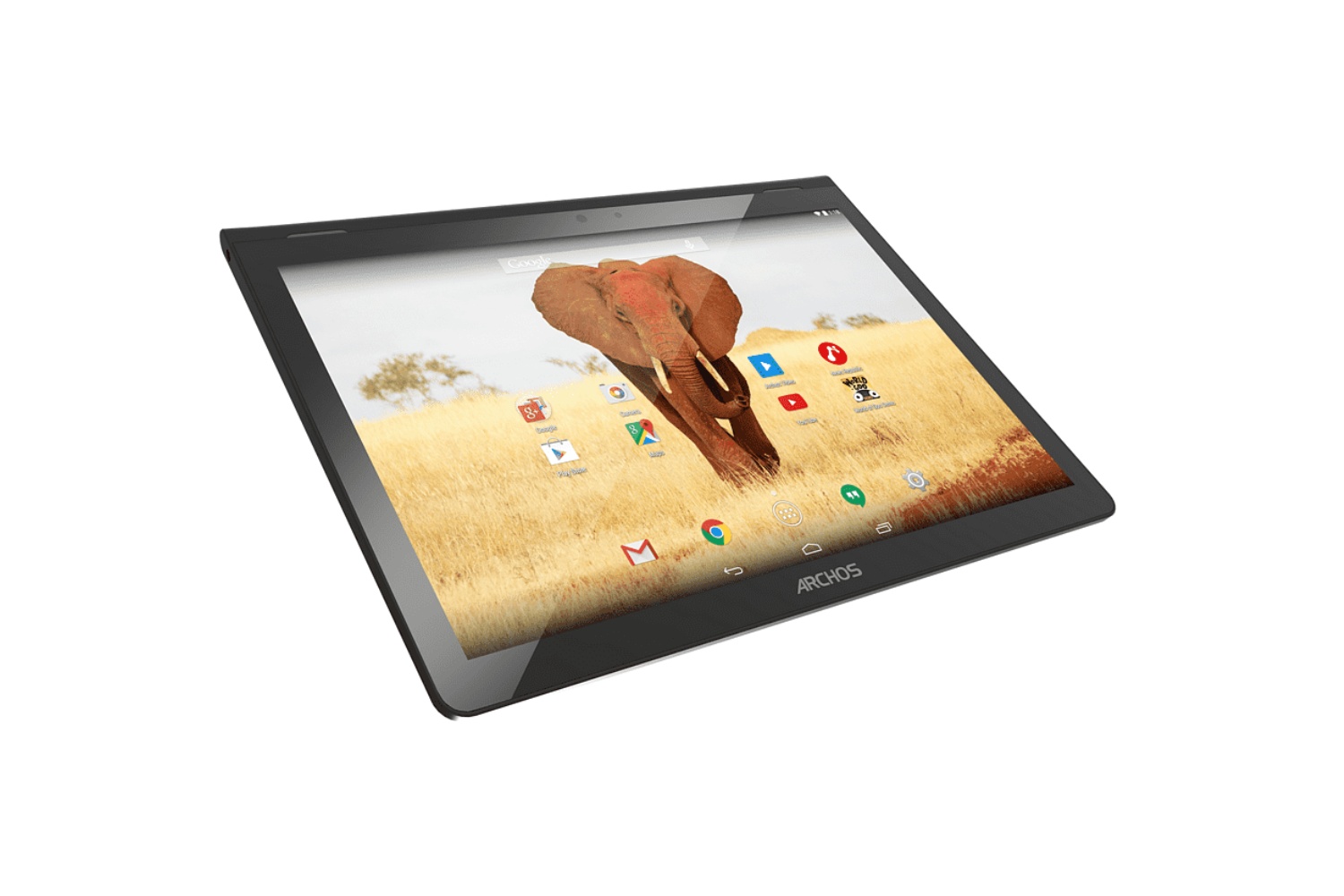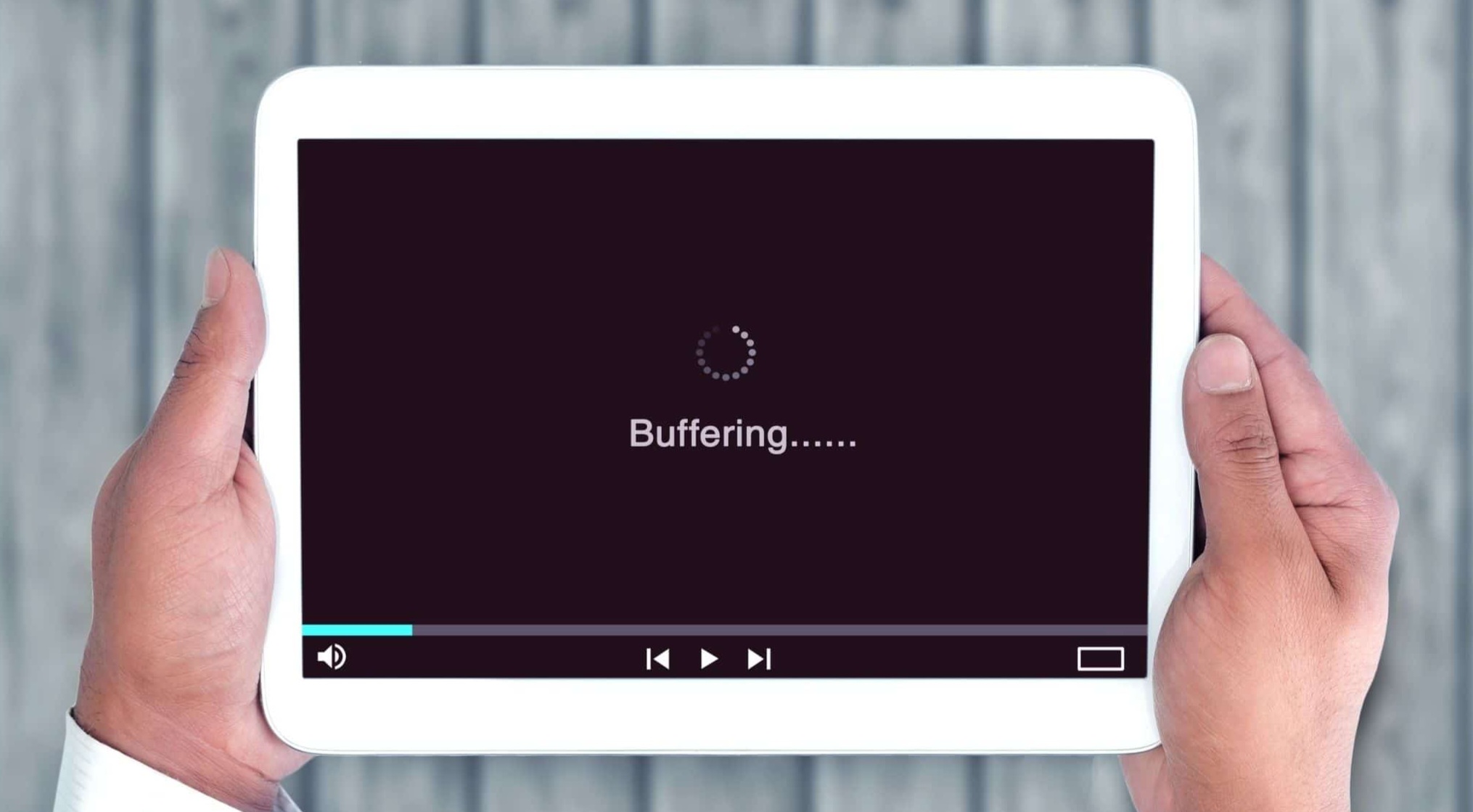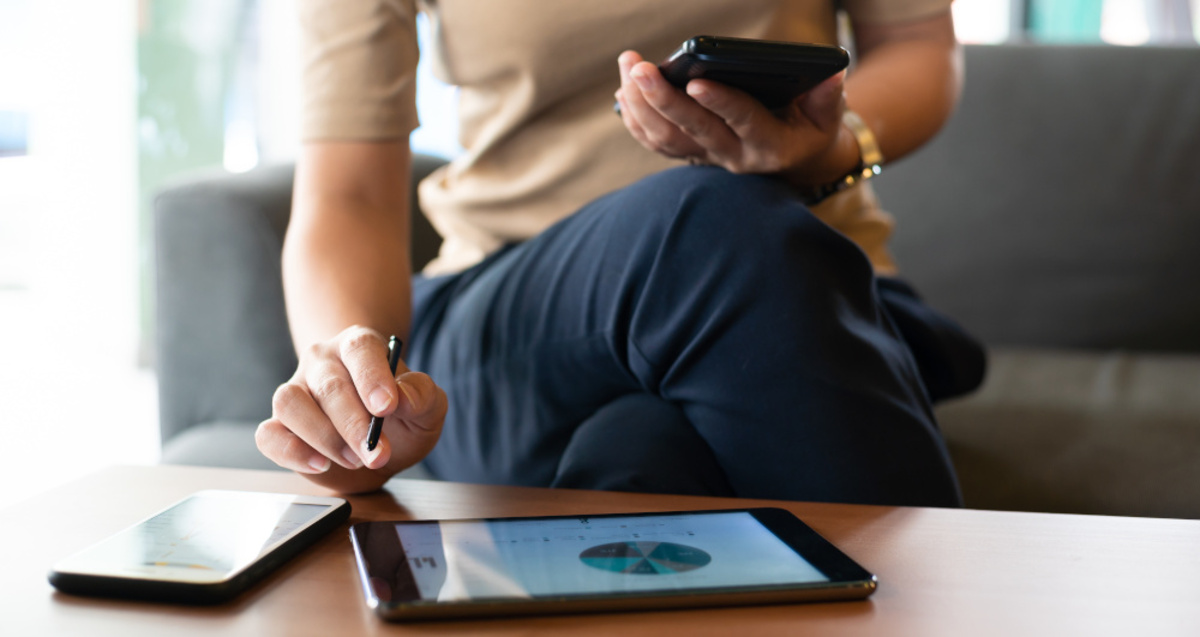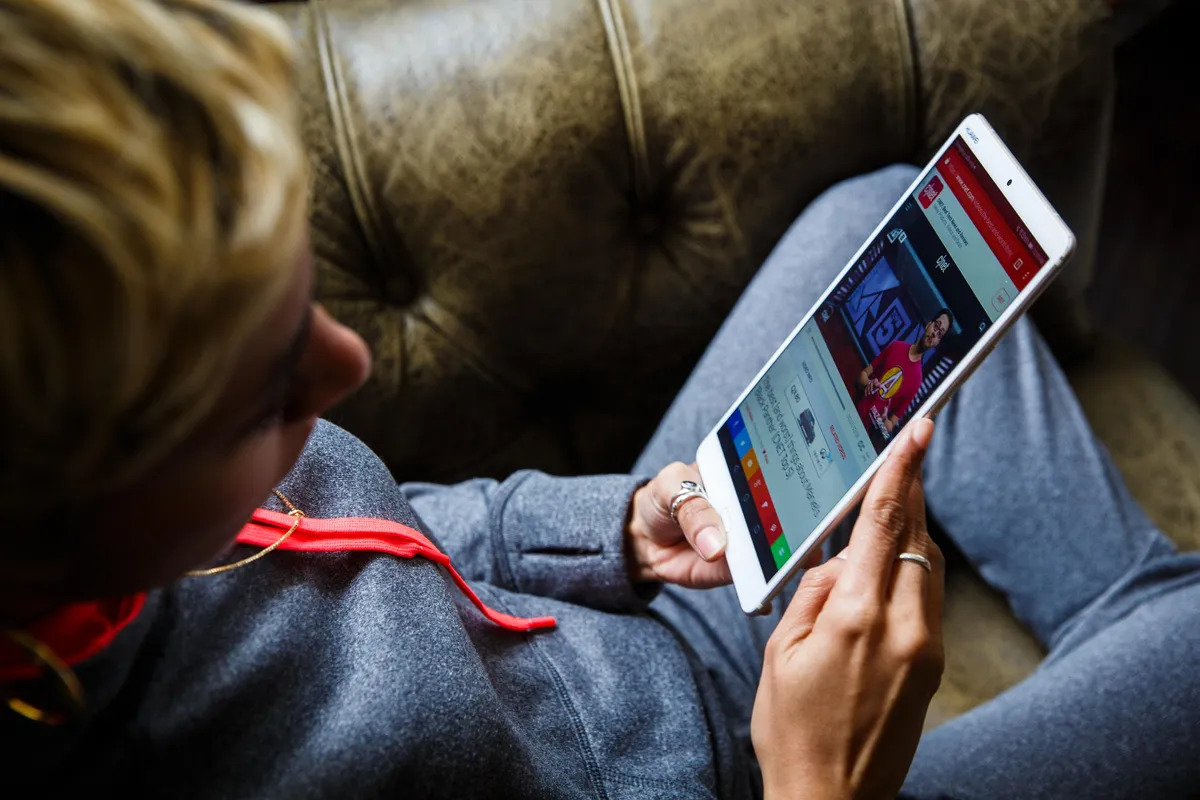Introduction
Tablets have become a ubiquitous part of our lives, offering portability, convenience, and a range of functions. Whether you’re working on-the-go, streaming your favorite shows, or simply browsing the web, a tablet is a versatile device that can provide endless entertainment and productivity. However, to fully harness the capabilities of your tablet, it needs to be connected to the internet.
Connecting a tablet to the internet is a fundamental step that allows you to access online content, download apps, and stay connected with friends and family. While it may seem like a daunting task, especially for those who are new to the world of tablets, the process is relatively simple and can be done within a few minutes.
In this guide, we will walk you through the steps to connect a tablet to the internet. Whether you are using a Wi-Fi-only tablet or a tablet with cellular capabilities, we will cover all the necessary methods to get your tablet up and running online.
Before we dive into the details, it’s important to note that the instructions may vary slightly depending on the make and model of your tablet. However, the underlying principles remain the same, and we will provide you with general guidelines that should work for most tablets.
So, if you’re ready to unlock the full potential of your tablet and experience the myriad of online opportunities it has to offer, let’s get started with the process of connecting to the internet!
Step 1: Wi-Fi Connection
The first and most common method to connect a tablet to the internet is through a Wi-Fi connection. Wi-Fi networks are widely available in homes, offices, cafes, and public spaces, allowing you to access the internet without the need for a physical cable connection.
To connect your tablet to a Wi-Fi network, follow these steps:
- Unlock your tablet and navigate to the Settings menu. This can usually be accessed by tapping on the gear icon or by swiping down from the top of the screen and selecting the settings icon.
- In the Settings menu, look for the “Wi-Fi” option and tap on it. This will bring up a list of available Wi-Fi networks in your vicinity.
- Select the Wi-Fi network you want to connect to from the list. If the network is password-protected, you will be prompted to enter the password. Make sure to enter the correct password to establish a connection.
- Once you have entered the password, tap on the “Connect” or “Join” button to connect to the selected Wi-Fi network.
After successfully connecting to a Wi-Fi network, your tablet will remember the network and automatically connect to it whenever it is in range. This eliminates the need to manually connect each time you want to access the internet.
It’s important to note that when connecting to public Wi-Fi networks, exercise caution and prioritize security. Avoid accessing sensitive information or conducting financial transactions on public networks, as they may not be secure. If you frequently connect to public Wi-Fi, consider using a virtual private network (VPN) service to encrypt your internet traffic and protect your privacy.
In the next section, we will explore how to connect your tablet to a home network, where you have more control over the security and settings.
Step 2: Connecting to a Home Network
If you have a Wi-Fi router at home, connecting your tablet to your home network is a straightforward process. By connecting to your home network, you can enjoy a secure and reliable internet connection without incurring any additional costs.
To connect your tablet to a home network, follow these steps:
- Open the Settings menu on your tablet and navigate to the Wi-Fi settings.
- In the list of available Wi-Fi networks, you should see your home network listed. Tap on your network to initiate the connection.
- If your home network is password-protected, you will be prompted to enter the Wi-Fi password. Enter the password correctly to establish the connection.
- Once you have entered the password, tap on the “Connect” or “Join” button to connect your tablet to the home network.
Once your tablet is connected to your home network, you can enjoy uninterrupted internet access throughout your home. This connectivity allows you to stream videos, browse the web, and download apps without relying on mobile data.
If you experience any issues connecting to your home network, ensure that you are within range of the Wi-Fi signal. Walls, distance, and interference from other devices can weaken the signal strength. Try moving closer to the router or repositioning it for better coverage. You can also try restarting your router and tablet to reset any network connections.
Connecting your tablet to a home network offers the advantage of faster internet speeds and the ability to connect multiple devices simultaneously. It also allows you to customize the network settings and access files shared across devices on the network.
In the next section, we will discuss how to connect your tablet to public Wi-Fi networks, which can be useful when you are on the go.
Step 3: Connecting to Public Wi-Fi
Public Wi-Fi networks are a convenient way to stay connected to the internet when you’re outside of your home or office. These networks are often available in cafes, restaurants, airports, and other public spaces, allowing you to browse the web, check emails, or catch up on work while on the go.
To connect your tablet to a public Wi-Fi network, follow these steps:
- Access the Settings menu on your tablet and navigate to the Wi-Fi settings.
- In the list of available Wi-Fi networks, select the public Wi-Fi network you want to connect to. These networks are often identified with names like “Cafe_WiFi” or “Airport_WiFi”.
- If the public Wi-Fi network requires a password, it is usually provided by the establishment. Look for signs or ask the staff for the password.
- Once you have the password, enter it correctly into your tablet’s Wi-Fi settings and tap on the “Connect” or “Join” button to establish the connection.
Once connected, you can browse the internet, access apps, and stay connected to friends and colleagues while enjoying the facilities of the public space.
When using public Wi-Fi networks, it’s essential to be cautious about your online security. These networks are typically not as secure as home or office networks, and hackers may attempt to intercept your data. To protect yourself, avoid accessing sensitive information or making financial transactions while connected to public Wi-Fi. If you need to access confidential information, consider using a virtual private network (VPN) to encrypt your internet traffic and maintain your privacy.
Remember to disconnect from public Wi-Fi networks when you’re finished using them, as your tablet may automatically connect to them in the future if they are in range. Regularly reviewing and deleting saved public Wi-Fi networks from your tablet’s network preferences can help ensure that you are only connecting to trusted networks.
In the next section, we will explore how to use a mobile hotspot to connect your tablet to the internet when Wi-Fi networks are not available.
Step 4: Using a Mobile Hotspot
When Wi-Fi networks are not available or if you need to connect your tablet to the internet while on the move, a mobile hotspot can be a reliable solution. A mobile hotspot allows you to create a Wi-Fi network using your smartphone’s cellular data connection, enabling your tablet to connect to the internet.
To use a mobile hotspot to connect your tablet, follow these steps:
- On your smartphone, access the settings menu and look for the “Personal Hotspot” or “Mobile Hotspot” option. The location of this option may vary depending on your smartphone’s make and model.
- Activate the mobile hotspot by turning on the toggle switch or following the on-screen prompts. You may also need to set a name and password for your hotspot.
- On your tablet, go to the Wi-Fi settings and look for the name of your mobile hotspot in the list of available networks.
- Select your mobile hotspot’s name and enter the password if prompted to establish the connection.
Once the connection is established, your tablet will utilize the cellular data from your smartphone to access the internet. This allows you to stay connected even in areas without Wi-Fi coverage, such as during travel or when away from home.
Keep in mind that using a mobile hotspot consumes cellular data, which may count towards your mobile data plan. Monitor your data usage to avoid exceeding your plan’s limits and incurring additional charges.
Additionally, make sure that your smartphone has a sufficient cellular network signal. Weak signal strength may result in slower internet speeds or intermittent connectivity. Consider positioning your smartphone in an area with better signal reception or using a signal booster if necessary.
In the next section, we will address common troubleshooting techniques for connection issues that you may encounter while connecting your tablet to the internet.
Step 5: Troubleshooting Connection Issues
While connecting your tablet to the internet is usually a smooth process, you may encounter some connection issues along the way. In this section, we will explore common troubleshooting techniques that can help you resolve these issues and get your tablet back online.
If you are experiencing connection problems, try the following troubleshooting steps:
- Restart your tablet: A simple restart can often resolve temporary software glitches that may be affecting the Wi-Fi connectivity. Turn off your tablet completely, wait for a few seconds, and then turn it back on.
- Restart your router: If you’re having trouble connecting to your home network, try restarting your Wi-Fi router. Unplug the power source, wait for about 10 seconds, and then plug it back in. Give your router a few moments to reboot, and then attempt to connect your tablet again.
- Check your Wi-Fi settings: Ensure that Wi-Fi is enabled on your tablet and that it is not set to airplane mode. Double-check that you are attempting to connect to the correct Wi-Fi network and have entered the correct password if required.
- Move closer to the Wi-Fi source: If you’re having difficulty connecting to a Wi-Fi network, try moving closer to the router. Obstacles such as walls and distance can weaken the Wi-Fi signal, affecting the connection strength.
- Forget and reconnect to the network: If your tablet is still unable to connect to a specific network, try forgetting the network in your Wi-Fi settings and then reconnecting to it. This can refresh the connection and resolve any temporary issues.
If none of these troubleshooting steps resolve the connection problem, you may want to contact your internet service provider or the manufacturer’s customer support for more specific assistance.
Remember to keep your tablet’s operating system and Wi-Fi drivers up to date. Software updates often include bug fixes and enhancements that can improve overall connectivity and address any known issues.
By following these troubleshooting steps, you can overcome connection obstacles and ensure a stable internet connection for your tablet.
Now that you have learned the steps to connect your tablet to the internet and troubleshoot connection issues, you can make the most of your device’s online capabilities.
Conclusion
Connecting your tablet to the internet opens up a world of possibilities, allowing you to access online content, stay connected with others, and enhance your productivity. In this guide, we have walked you through the steps to connect your tablet to various types of networks, such as Wi-Fi networks, home networks, public Wi-Fi, and using a mobile hotspot.
The process of connecting a tablet to the internet is relatively simple, and by following the instructions provided, you can easily establish a connection in a matter of minutes. Whether you are at home, in a public space, or on the go, there are several options available to ensure you stay connected and enjoy a seamless online experience.
Remember to prioritize your online security when connecting to public networks and utilize techniques such as using strong passwords and employing a virtual private network (VPN) to safeguard your privacy. Regularly updating your tablet’s software and drivers is also crucial to maintain optimal connectivity and address any security vulnerabilities.
If you encounter any connection issues, don’t worry! Troubleshooting techniques such as restarting your tablet, router, or forgetting and reconnecting to networks can often resolve common problems. Don’t hesitate to reach out to your internet service provider or device manufacturer’s customer support for further assistance if needed.
With your tablet successfully connected to the internet, you can now take full advantage of the myriad of online opportunities it offers. Whether you want to stream your favorite movies, browse the web, connect with friends on social media, or boost your productivity with online apps and tools, your connected tablet is ready to serve your digital needs.
Enjoy the seamless and limitless possibilities that the internet provides on your tablet and make the most out of your device’s capabilities!







